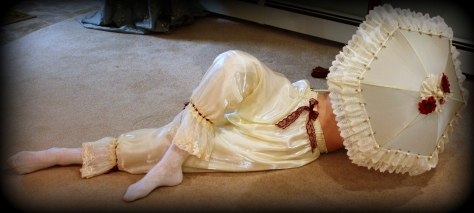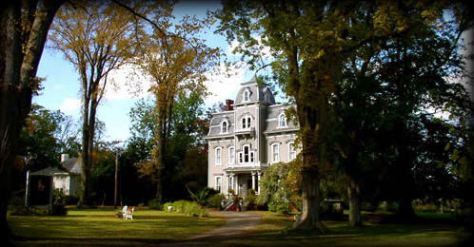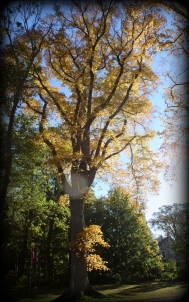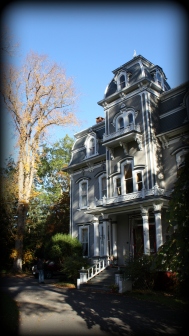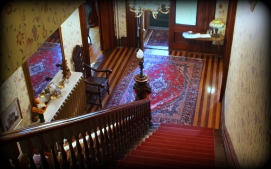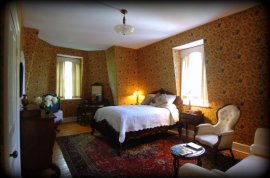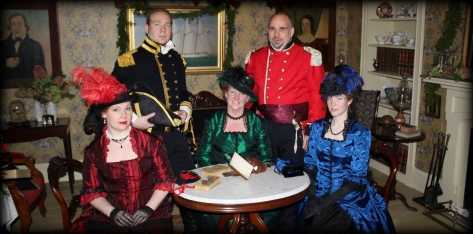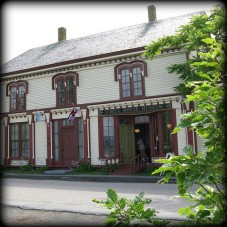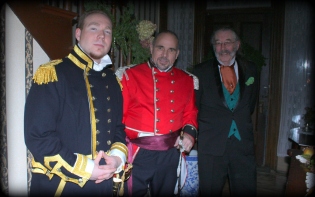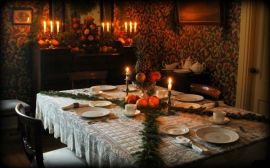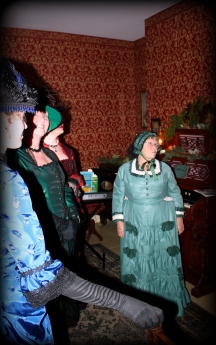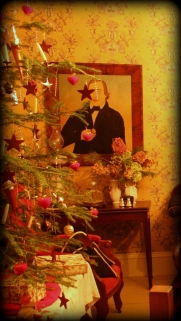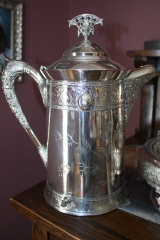How can you level your costume up from alright to amazing? The answer is in the details.
Patterns! There are a lot of pretty good costume patter ns out there, made by the more common pattern companies like Butterick, Simplicity and McCalls and for a very reasonable price anyone can get one. There are also those less well know companies such as Sense & Sensibility, Past Patterns, Kannik’s Korner and J.P Ryan, who produce some really great historical reproduction patterns. Some are quite complicated and some not. Some offer reproduction garments and some are just for fun costuming and still others are a combination of both.
ns out there, made by the more common pattern companies like Butterick, Simplicity and McCalls and for a very reasonable price anyone can get one. There are also those less well know companies such as Sense & Sensibility, Past Patterns, Kannik’s Korner and J.P Ryan, who produce some really great historical reproduction patterns. Some are quite complicated and some not. Some offer reproduction garments and some are just for fun costuming and still others are a combination of both.
The historical reproduction patterns often require a fair bit of hand sewing, but much of the sewing can also be done by machine. I tend to do both and use a serger or just a regular sewing machine for many of the long seams. I do, however, try my best to hand sew visible stitching and I almost always apply trims and things by hand. Doing this creates a much more authentic looking piece of historical apparel and I like that. Whether or not a person does this is completely a personal choice. The choice might be made, keeping in mind what the garment is to be used for. If this is a gown for a Halloween party or a masquerade ball, you could simply sew the entire thing by machine. If you will be using it as a historical re-enactment piece or for a historical ball however, I would suggest doing at least some of the sewing by hand. It’s a great opportunity to learn some of the tricks and stitches used by the seamstresses and tailors of old.
Fabrics! An important thing to do, if yo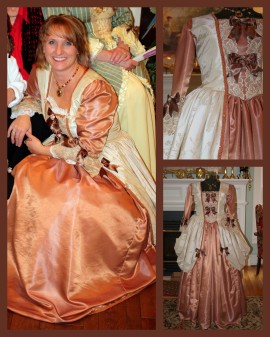 u wish to create more realistic apparel, is to do some research. What kinds of fabrics did they have available to them, what was popular with the different classes and so on. If you are wanting to reproduce something from a certain time period and class, there is no point in using an expensive silk fabric to sew a dress for the serving or working class who wore mostly cottons and wools. Unless of course it is just for a fun costume and then anything goes. Serving wenches can then wear satin and lace! If you wish to create something a little more authentic however, and come up with reasonable facsimiles of time period clothing, find out what was worn in what era and do some detailed research about that before you start to sew or buy materials. People in history did not have access to synthetic fibres, true fabrics like silk, cotton, linen, muslin and wool were used.
u wish to create more realistic apparel, is to do some research. What kinds of fabrics did they have available to them, what was popular with the different classes and so on. If you are wanting to reproduce something from a certain time period and class, there is no point in using an expensive silk fabric to sew a dress for the serving or working class who wore mostly cottons and wools. Unless of course it is just for a fun costume and then anything goes. Serving wenches can then wear satin and lace! If you wish to create something a little more authentic however, and come up with reasonable facsimiles of time period clothing, find out what was worn in what era and do some detailed research about that before you start to sew or buy materials. People in history did not have access to synthetic fibres, true fabrics like silk, cotton, linen, muslin and wool were used.
Closures! Other details that are of great importance are such things as closures. There is nothing so unauthentic as a zipper in a gown or a pair of breeches that hail from the 17 or 1800s! Modern-day zippers weren’t invented until the early 1900s a nd the forerunners of it not until the late 1800s. Typically they were not very popular because they were far to complicated to use until 1913. Most clothing was closed by laces, buttons and clasps and the latter two were used later and then often only by the more wealthy, who could afford such luxuries as buttons.
nd the forerunners of it not until the late 1800s. Typically they were not very popular because they were far to complicated to use until 1913. Most clothing was closed by laces, buttons and clasps and the latter two were used later and then often only by the more wealthy, who could afford such luxuries as buttons.
Trims and things! Men and women have always loved to trim and decorate their clothing! However, this was also something that was not commonly done by the working class. Perhaps they might have a small tidbit of lace or such that they could wear with their Sunday best if they even had such a thing. Lace was most often hand-made and this took time to do, time unfortunately was not a commodity that most lower classed women had a lot of. Upper classed women however did, and they commonly wore lace and trims on their clothing. They also wore ribbons, braid and buttons. Your challenge will be to find examples that look like they were hand-made or see if you can make or acquire it. I favour venetian, battenburg or crocheted type laces because they generally have a more antique or handmade appearance. Embroidered ribbons and silk braids also make nice additions.
Accessories or Accout rements! Paramount to creating an authentic look are the accessories that you will choose to wear with your ensemble. Depending on their status or station in life, (ie, an officer, a merchant, a gentleman or perhaps a farmer), men wore wigs, silk or linen cravats, gloves, leather boots or hessians, jewelery, such as pocket watches and tie pins, plus a variety of hats and other head gear. I am speaking here primarily about the 18th and the 19th centuries. Prior to that they might also have worn pendants, gold and silver chains and jewels, again depending on their place in the classes. Even weapons such as pistols, swords, daggers or armour on a knight might be considered an accessory that you might or might not wish to invest in. A warning here however, in order to be realistic they must be decent quality reproductions, and this can demand a fairly large drain on your pocket book.
rements! Paramount to creating an authentic look are the accessories that you will choose to wear with your ensemble. Depending on their status or station in life, (ie, an officer, a merchant, a gentleman or perhaps a farmer), men wore wigs, silk or linen cravats, gloves, leather boots or hessians, jewelery, such as pocket watches and tie pins, plus a variety of hats and other head gear. I am speaking here primarily about the 18th and the 19th centuries. Prior to that they might also have worn pendants, gold and silver chains and jewels, again depending on their place in the classes. Even weapons such as pistols, swords, daggers or armour on a knight might be considered an accessory that you might or might not wish to invest in. A warning here however, in order to be realistic they must be decent quality reproductions, and this can demand a fairly large drain on your pocket book.
Likewise, lady’s accessories would have consisted of unde rpinnings such as corsets, stays, hoops, panniers and bloomers. Depending upon the time period they might have worn leather slippers or boots, gloves, carried a reticule and a parasol, worn a hat and a variety of jewelery. Beaded necklaces, brooches and bracelets with pearls, coral, shell and other semi precious stones were popular. Jewels set in gold and silver, also lockets, chains and cameos. Metals such as brass and copper were worn. They did not have access to costume jewelery until much later. Women also sometimes carried a weapon, such as a dagger or a small pistol. The key here is to see what will fit into your budget and to once again do the research and find out what was worn in what time period. Adding Victorian accessories to a Georgian era costume will not do!
rpinnings such as corsets, stays, hoops, panniers and bloomers. Depending upon the time period they might have worn leather slippers or boots, gloves, carried a reticule and a parasol, worn a hat and a variety of jewelery. Beaded necklaces, brooches and bracelets with pearls, coral, shell and other semi precious stones were popular. Jewels set in gold and silver, also lockets, chains and cameos. Metals such as brass and copper were worn. They did not have access to costume jewelery until much later. Women also sometimes carried a weapon, such as a dagger or a small pistol. The key here is to see what will fit into your budget and to once again do the research and find out what was worn in what time period. Adding Victorian accessories to a Georgian era costume will not do!
Hair! One other thing well worth mentioning are hairstyles. Hairstyles then as now, were and still are very important to affecting a certain look. If you wish to portray a person of the upper classes in say the 1700s , you might want to wear a powdered wig. A gentlemen during a certain chosen time period or station, might have worn his hair long or short, with or without a beard, sideburns or mutton chops. It may not be possible to wear your hair long but for most men it will only take a few weeks to grow some strategic facial hair. A woman might want to purchase a hair piece or practice doing and decorating her hair in some of the styles of the period she wishes to emulate. Again a little research goes a long way.
, you might want to wear a powdered wig. A gentlemen during a certain chosen time period or station, might have worn his hair long or short, with or without a beard, sideburns or mutton chops. It may not be possible to wear your hair long but for most men it will only take a few weeks to grow some strategic facial hair. A woman might want to purchase a hair piece or practice doing and decorating her hair in some of the styles of the period she wishes to emulate. Again a little research goes a long way.
The most important thing to remember of course, whether you are costuming to re-enact, or simply to attend a Halloween party, is certainly to have some fun with it. Almost everyone loves a great costume or reproduction piece, and whether you favour one or the other, the secret to success is in the details!
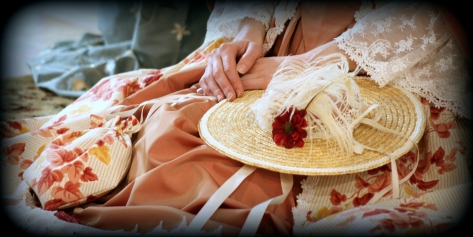 I am doing some serious catching up for Man The Capstan the last few days. I was recently asked if Man The Capstan is still active, and although we are not able to get together as often as we would like, the answer to that is a resounding yes! We have experienced a number of changes in our lives the past couple of years however, and unfortunately this blog has been sadly neglected as a result. Therefore, I will be continuing to add a number of posts, over the next few days and weeks in order to bring this blog up to date.
I am doing some serious catching up for Man The Capstan the last few days. I was recently asked if Man The Capstan is still active, and although we are not able to get together as often as we would like, the answer to that is a resounding yes! We have experienced a number of changes in our lives the past couple of years however, and unfortunately this blog has been sadly neglected as a result. Therefore, I will be continuing to add a number of posts, over the next few days and weeks in order to bring this blog up to date.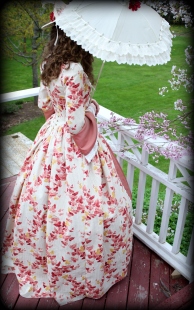
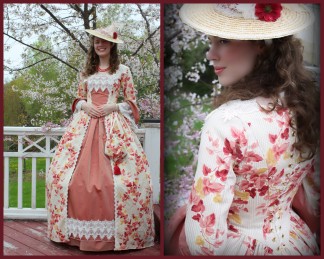 This two piece gown, was made using a basic pattern, but with a number of alterations made to the design. I used a beautiful, medium to heavy weight cotton, in cream with various hues of gold and coral to red sprays of ivy leaves on it. I also used a coral sateen or polished cotton for the contrasting underskirt and the stomacher portion of the bodice. The bodice is also fully boned and lined; this adds great shaping, as well as stabilization to the form. This can be worn without a corset, which sure does add to the comfort of it. Antique style lace flounces at the sleeves and a beautiful ivory venise lace were used to trim up this gown. The result was quite nice. This gown laces up at the back with gold grommets and ivory satin ribbon.
This two piece gown, was made using a basic pattern, but with a number of alterations made to the design. I used a beautiful, medium to heavy weight cotton, in cream with various hues of gold and coral to red sprays of ivy leaves on it. I also used a coral sateen or polished cotton for the contrasting underskirt and the stomacher portion of the bodice. The bodice is also fully boned and lined; this adds great shaping, as well as stabilization to the form. This can be worn without a corset, which sure does add to the comfort of it. Antique style lace flounces at the sleeves and a beautiful ivory venise lace were used to trim up this gown. The result was quite nice. This gown laces up at the back with gold grommets and ivory satin ribbon.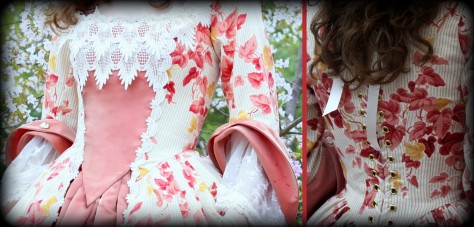 In order to make these gowns so that they will fit a variety of sizes, or to allow the wearer to continue to make use of the gown, even if she gains or loses weight, a three inch modesty panel is installed at the back opening. I also leave a part of the skirt, at the back seam, free from the waist, which then gathers and ties up with satin ribbon. This can then be adjusted, according to how tight the lacing is done up, and prevents unsightly gaping or bunching at the back waistline. The back is slightly trained. Katherine is wearing a hoop skirt with this gown but the skirt sides are actually slightly longer then the front to accommodate panniers.
In order to make these gowns so that they will fit a variety of sizes, or to allow the wearer to continue to make use of the gown, even if she gains or loses weight, a three inch modesty panel is installed at the back opening. I also leave a part of the skirt, at the back seam, free from the waist, which then gathers and ties up with satin ribbon. This can then be adjusted, according to how tight the lacing is done up, and prevents unsightly gaping or bunching at the back waistline. The back is slightly trained. Katherine is wearing a hoop skirt with this gown but the skirt sides are actually slightly longer then the front to accommodate panniers.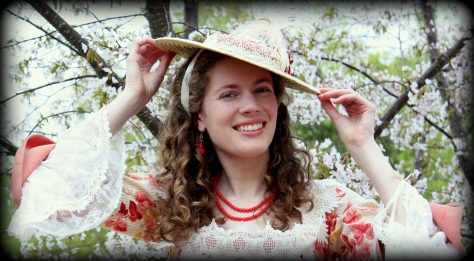 Also included in this ensemble was a matching reticule, a small flat crowned straw hat decorated with the sateen cotton, ostrich feather ribbons and lace, and a pair of cream silk habotai bloomers, made in the traditional way.
Also included in this ensemble was a matching reticule, a small flat crowned straw hat decorated with the sateen cotton, ostrich feather ribbons and lace, and a pair of cream silk habotai bloomers, made in the traditional way.
